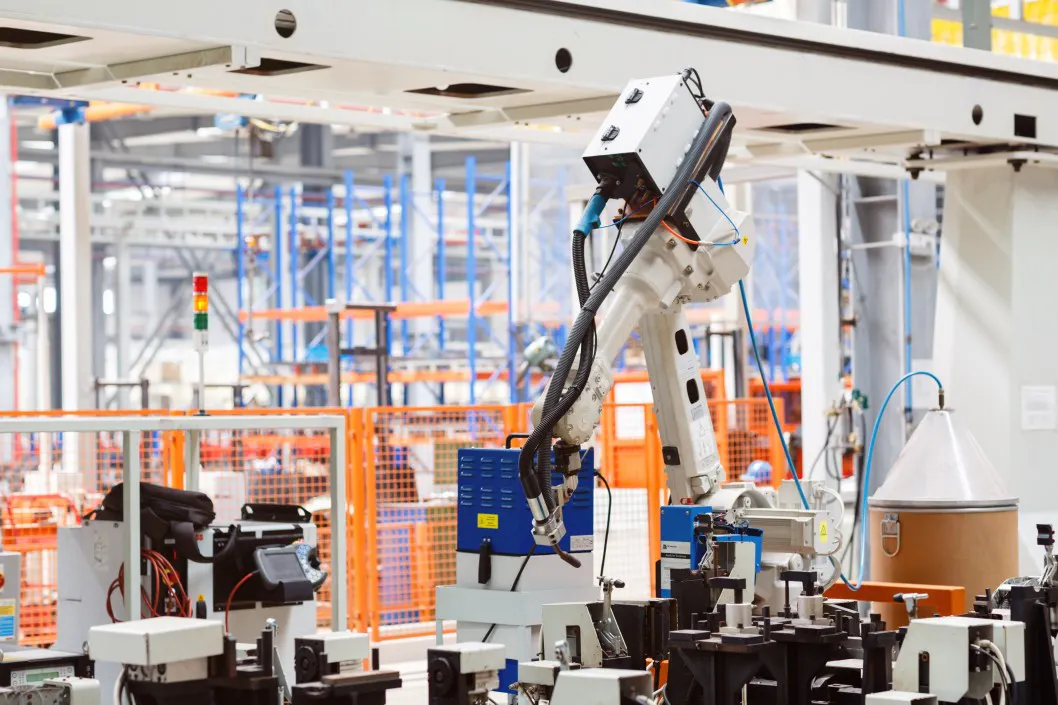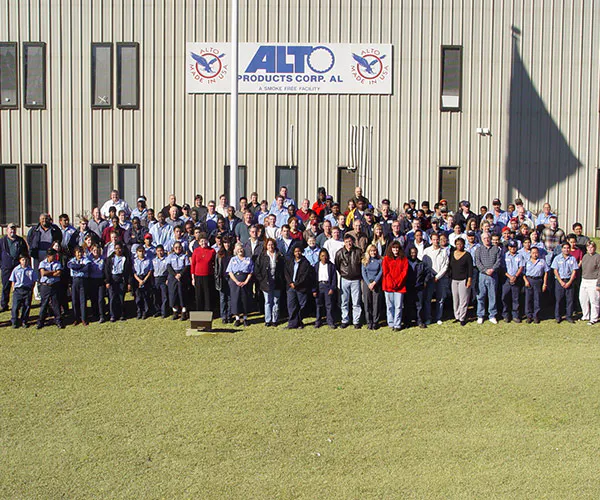Science company streamlines communications, work orders, and safety
Learn why a science company specializing in food preservation products turned to UpKeep to improve its work order and asset management.

Challenge
A food preservation company with multiple locations needed to find a better way to keep track of work orders, safety incidents, and assets at a corporate level. It was using a project planning software for preventive maintenance, which didn’t allow for much visibility across the company.
Work orders had to be printed manually and handed out. Once they were completed, they needed to be manually closed, which resulted in a great deal of time-consuming work that was simply not sustainable.
Solution
The management team decided to use UpKeep and worked to expand it globally across all sites. The technicians now use it to understand maintenance and costs, as well as keeping track of work orders and preventive maintenance tasks.
Besides work orders, the company manages assets and spare parts through the system, which results in visibility and efficiency. Management can easily check on other sites, inform them of maintenance problems and solutions, and track and compare costs.
Using UpKeep Globally
Initially, the company was using an inefficient project planning software that provided little to no visibility. UpKeep was implemented only at headquarters at first, and each site was managing its own system. This meant that in order to find out how other sites were doing, someone had to find a point of contact and talk with that individual.
With UpKeep implemented globally, management can see the performance of other sites in a few clicks, immediately understanding if they are behind or completing preventive maintenance tasks on time.
Saving Time
The old project planning system resulted in a great deal of wasted time due to the extremely complex process that was required to simply enter a work order. The company found that UpKeep was very easy to use in comparison, allowing rapid filtering of work orders. This saved time and money as finding out which work orders were completed, behind, and waiting was now simple and fast.
Improved Communication
After the first six months, the company noticed that safety-related information was extremely beneficial. Whenever a safety problem arises that requires inspection, the company can easily input the data so other locations can follow suit to prevent problems.
For example, the company uses a certain type of hose for cleaning its system that runs hot water under pressure. It was important that the hose does not burst to cause an accident, so the team determined the hose should be replaced annually as a preventive measure. This information is entered into UpKeep so a work order comes up as scheduled for every location that uses the hose.
Focusing on Preventive Maintenance
UpKeep allows the company to take a proactive approach to maintenance since machine downtime can be extremely expensive. When reactive maintenance is performed, the team is thinking about how they can prevent the problem from happening again. They consider both risks and costs of preventive maintenance.
By using a response form when issues arise, the company can analyze the problem, why it happened, and what may prevent it in the future.
Tracking and Analyzing Costs for Maximum Efficiency
Before UpKeep, the organization was not able to track costs very well. Its purchasing software was unable to separate costs into categories and instead bundled everything.
UpKeep allows the company to see how much it’s spending at each site and evaluate consistency and efficiency of equipment. This data is now being used to standardize equipment at all of the company’s sites, selecting the best performing equipment from around the world.
Change in Attitude Among Technicians
With the old system, the company’s technicians weren’t really sure what tasks they were supposed to be doing and were not motivated to take initiative. As access to UpKeep has increased, engineers throughout the company now have the information to take more initiative, which has changed their attitude from a reactive one to a more proactive one focused on continuous improvement.
Want to keep reading?

Equipment / Manufacturing
Alto Products moves from reactive to preventive maintenance

Equipment / Manufacturing
Innovative Micro Technology creates a safety-focused culture

Equipment / Manufacturing
Columbia Fruit saves money with organized inventory
4,000+ COMPANIES RELY ON ASSET OPERATIONS MANAGEMENT
Leading the Way to a Better Future for Maintenance and Reliability
Your asset and equipment data doesn't belong in a silo. UpKeep makes it simple to see where everything stands, all in one place. That means less guesswork and more time to focus on what matters.


![[Review Badge] GetApp CMMS 2022 (Dark)](https://www.datocms-assets.com/38028/1673900459-get-app-logo-dark.png?auto=compress&fm=webp&w=347)
![[Review Badge] Gartner Peer Insights (Dark)](https://www.datocms-assets.com/38028/1673900494-gartner-logo-dark.png?auto=compress&fm=webp&w=336)
